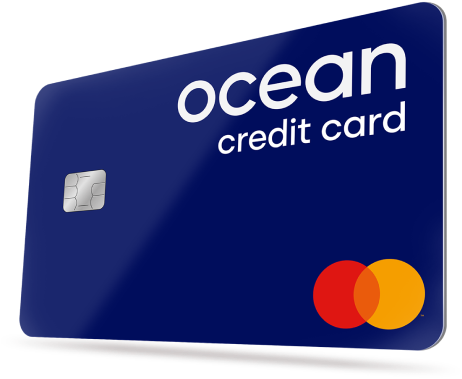How do I know my interest rate?
Your bank or lender will tell you your interest rate when you open your account. It’s usually displayed as your rate of interest or annual percentage rate (APR). You can contact them if you don’t know or are unsure about what it is.
APR is the total cost of paying the money back, so it includes arrangement fees and extra charges - not just interest. It’s calculated this way so you can see exactly how much the cost of borrowing and paying that money back is, and you can make comparisons with other products. This is why your APR is often higher for cash withdrawal fees than normal purchases because there is no grace period and, usually, added fees on top.
When is interest charged?
Interest is charged every month on your card but is usually accrued daily. This will be a set rate you were offered when you took out the card. Your interest rate is liable to change as well, but if this is the case your provider will contact you explaining when it will change. They will also remind you before an introductory offer is about to expire.
How much interest do I need to pay each month?
Each month you need to meet your minimum payment. This is calculated after interest as a low percentage, usually around 3%, of the total amount you owe or £10 (whichever is lower).
As your balance reduces so will the minimum payment you are expected to meet. If you only pay this amount it will take longer for you to pay off the debt, so it’s important you pay as much of the balance as you can afford each month.
Ocean Credit Card
See if it's a YES before you apply
- Up to £1,500 credit limit
- Checking won't affect your credit score
- Get a response in 60 seconds
Intelligent Lending Ltd (credit broker). Capital One is the exclusive lender.

When else will I be charged interest?
Interest is charged monthly on purchases and existing balances, but it’s accrued daily. Although this can vary between lenders, cash transactions usually charge you interest as soon as you make the withdrawal.
What am I charged interest on?
Credit card interest is complicated. This is because you are charged different rates on different types of transactions. It can become more confusing because interest is charged at different points as well. You will be charged interest on the following things within your balance:
- The unpaid balance left on all purchases once any grace period is over, anywhere up to 56 days
- Cash withdrawals
- Any previous debt from expired introductory offers
- Foreign currency transaction fees (using your card abroad)
- Previous unpaid interest
- Any charges for late payments will be added to your balance, so if not cleared you will pay interest on those too
The most common use for credit cards is for purchases, and these are interest-free for a specific grace period.
This is usually around 30 days after you are sent a statement detailing what you owe. This means it can be up to 56 days dependant on when you made the purchase, and it will also vary depending on your lender. Any balance unpaid after that time period is then charged interest at the rate in your terms and conditions.
There are some transactions that you are charged interest on instantly. These can include cash withdrawals (which usually come alongside a fee), and fees for other cash-like transactions such as buying foreign currency. You will also be charged interest on any unpaid interest from previous statements.
The grace period can also be extended as part of a 0% introductory offer when opening an account. These can apply to three types of debt - transferring the balance from existing credit cards, transferring money to your current account and on purchases. You will not be charged interest throughout the length of this offer, as long as you stick to the terms of the agreement.
Lenders are starting to provide these offers (in particular 0% balance transfers) to existing customers as well. This will depend on your credit history, the lender’s criteria and also how long you have had the account open. The longer you have been with the company the more likely they may be to give you an offer if you have built up a good paying relationship with them.
Any money you pay automatically goes towards clearing the most expensive part of the debt on your credit card first. Say you have transferred £500 as part of an introductory offer of 0% interest, and then make £100 of purchases within the first month. You only need to pay £100 to avoid interest charges when your statement comes through.
How does interest affect me?
Interest impacts you because it costs you money, it’s that simple. The higher interest a credit card has, the more you’ll effectively pay for borrowing the money.
Paying as much of the balance as you can afford, preferably all of it, will eliminate or reduce the interest you pay.
The interest also impacts on the amount you are contractually obliged to pay each month. Because your minimum payment is calculated based on a percentage of your total balance, the interest will increase that. If you have an introductory offer of 0% interest your minimum payment may increase when it finishes.
Can I avoid interest?
If you pay your balance in full every month on time you won’t pay any interest. Using credit cards little and often for small purchases in this manner makes it one of the most efficient ways to borrow.
Credit card companies also offer introductory offers of 0% interest, so you can transfer any existing debt to one of these to avoid interest. You will need to make sure you pay back the amount in full before the offer finishes or you will be charged at the standard interest rate.
Disclaimer: All information and links are correct at the time of publishing.





